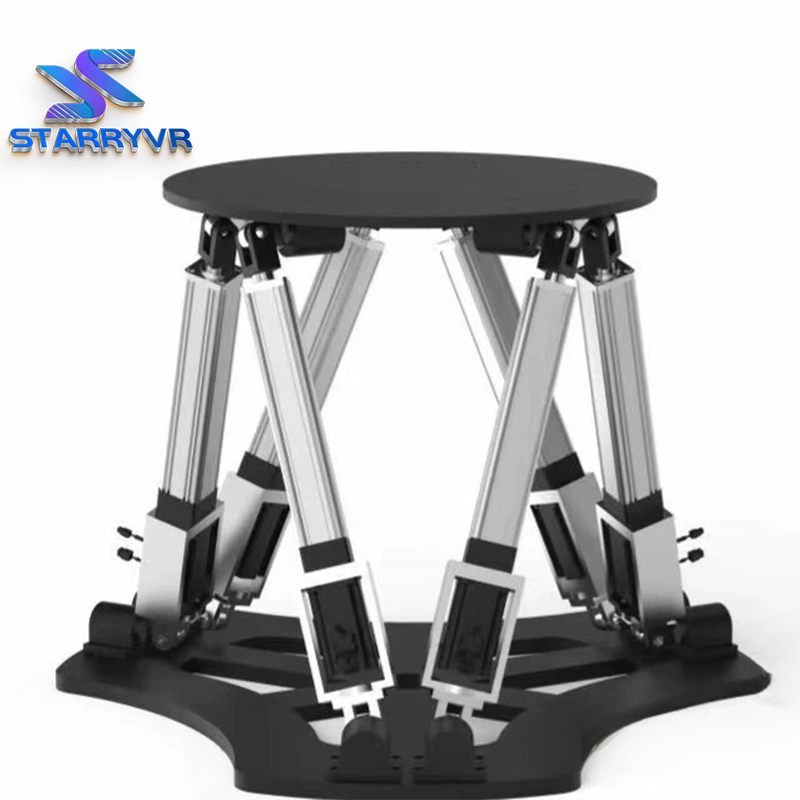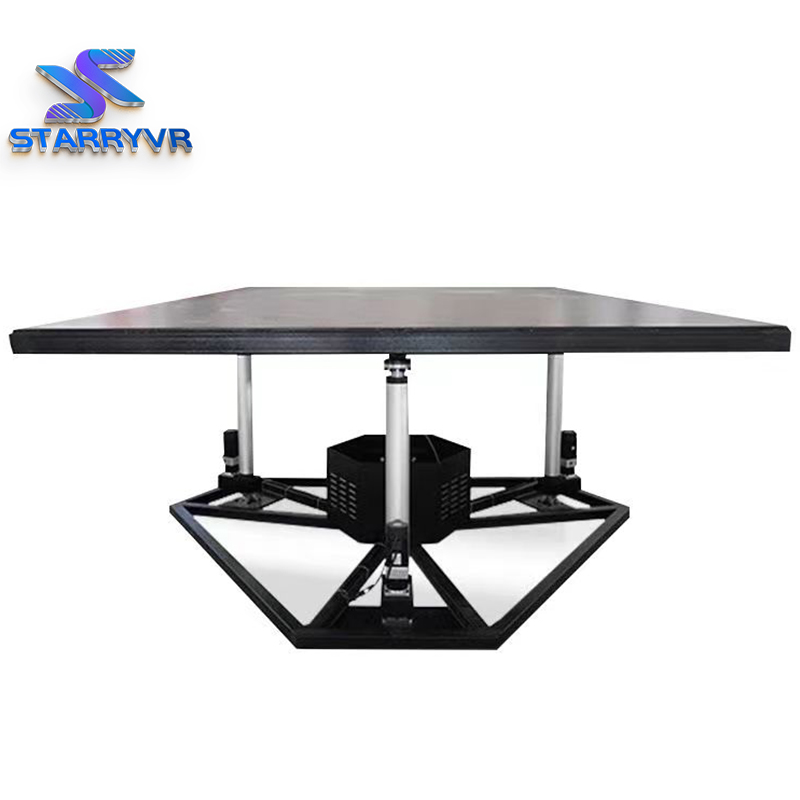Virtual Reality (VR) technology is evolving rapidly, and motion platforms are a key component in enhancing the immersive experience. Motion platforms are designed to simulate real-world movements, providing users with a more realistic and engaging experience. Two main types of motion platforms used in VR are the 3 Degrees of Freedom (3DOF) and 6 Degrees of Freedom (6DOF) platforms. Understanding the differences between these two can help in choosing the right system for specific applications.

A 3DOF motion platform allows movement along three degrees of freedom:
Cost-Effective: 3DOF platforms are generally less expensive compared to 6DOF platforms, making them a popular choice for budget-conscious projects.
Simpler Design: With fewer motors and simpler mechanics, these platforms are easier to maintain and operate.
Ideal for Basic Simulations: Suitable for applications where only basic motion simulation is required, such as flight simulators, racing games, and VR training scenarios.
Limited Movement Range: The movement is restricted to three axes, which can limit the realism for certain applications.
Less Immersive: Compared to 6DOF, the level of immersion is lower as it cannot simulate all possible movements a user might experience in the real world.
Size limit: minimum size is 60*60cm or diameter is 60cm.

A 6DOF motion platform offers a more advanced range of motion with six degrees of freedom:
Enhanced Realism: By providing movement along six axes, 6DOF platforms can simulate a wider range of motions, leading to a more realistic and immersive experience.
Versatility: These platforms are suitable for a variety of applications, including advanced flight simulators, full-motion racing simulators, and complex VR training programs (e.g., military, medical, and industrial training).
Greater Immersion: The ability to simulate complex motions makes 6DOF platforms ideal for applications requiring high levels of realism and user immersion.
Higher Cost: The complexity and number of components involved make 6DOF platforms significantly more expensive.
Complexity: They require more maintenance and technical expertise to operate and maintain.
Space Requirements: These platforms often require more space due to their larger size and the range of motion they need to accommodate.
Size limit: minimum size is 120*120cm or diameter is 120cm.
The decision between a 3DOF and a 6DOF motion platform depends on several factors:
Budget: 3DOF platforms are more affordable, making them suitable for projects with limited budgets.
Application Needs: If the application requires complex and highly immersive simulations, a 6DOF platform is the better choice.
Space: Consider the physical space available for setting up the motion platform.
Maintenance and Operation: Evaluate the resources available for maintaining and operating the platform.
Both 3DOF and 6DOF motion platforms have their unique advantages and are suitable for different applications. Understanding their capabilities and limitations will help in selecting the right platform to enhance the VR experience effectively.